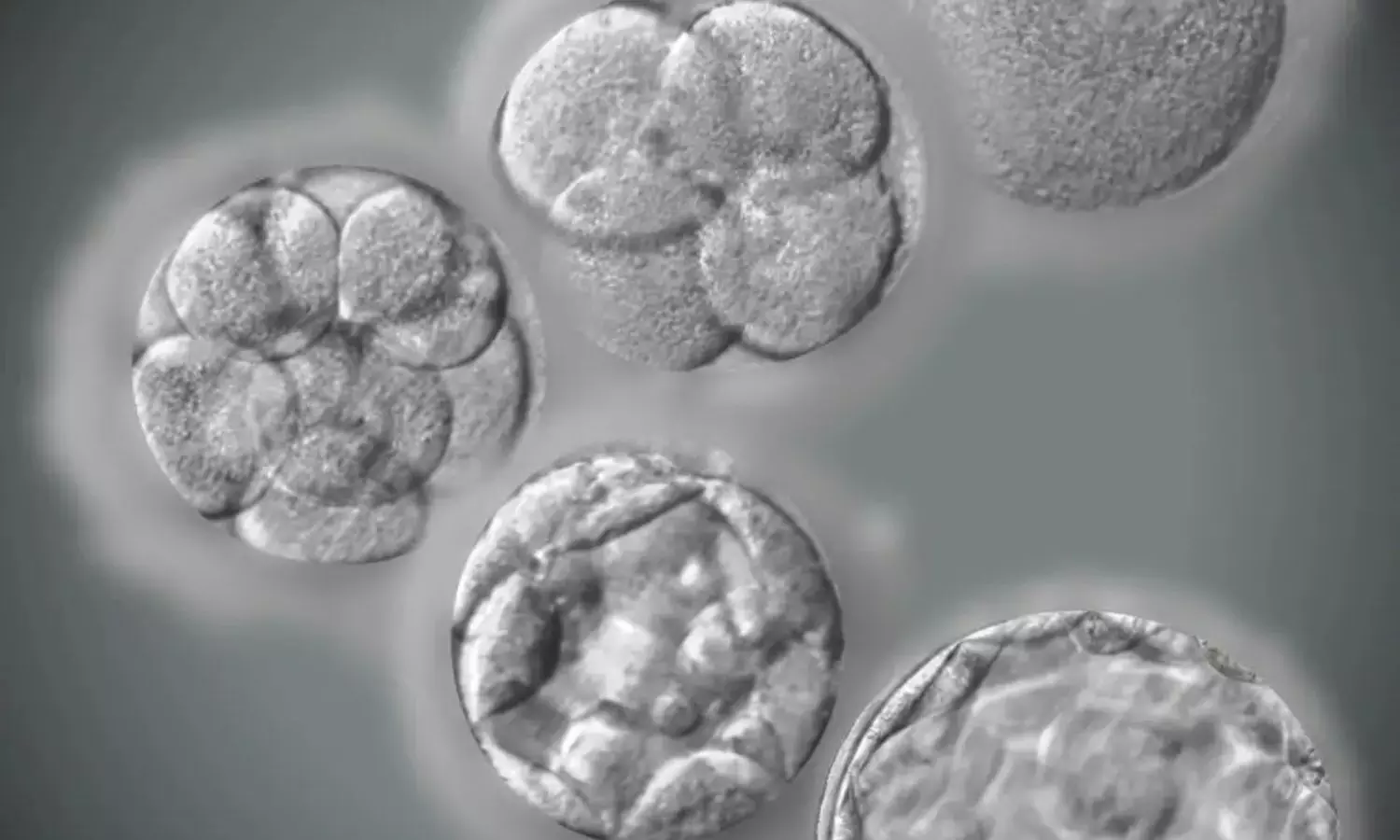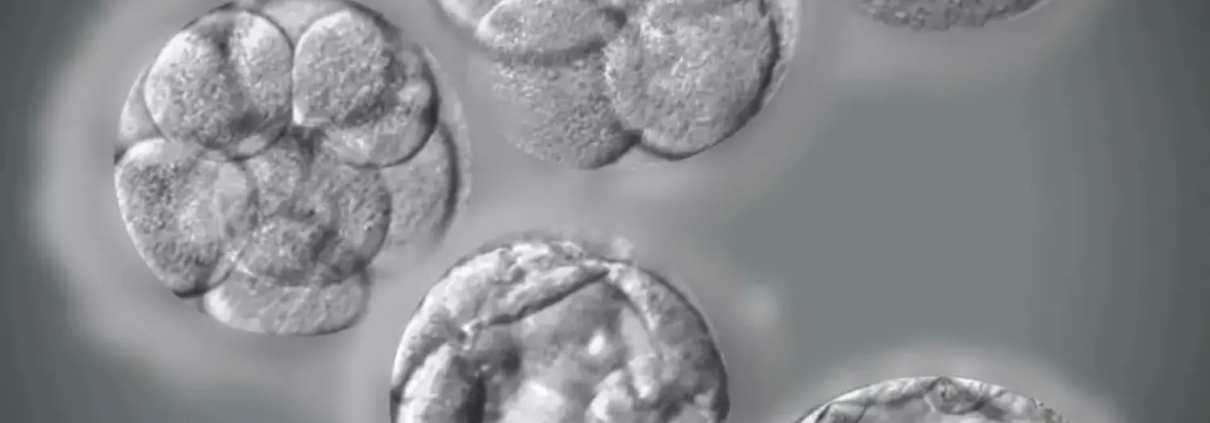Perinatal and postnatal outcomes after transfer of low level mosaic embryos comparable to euploid embryos: Study

To date, data after the transfer of blastocysts diagnosed as
mosaic remain limited, especially regarding neonatal and early childhood
outcomes. This study by Ruth Morales aimed to compare perinatal and postnatal
outcomes of children born from mosaic embryo transfer (ET) with those born from
euploid ET.
In this retrospective cohort study, cycles of
vitrified-warmed ET after preimplantation genetic testing for aneuploidy (PGTA)
leading to the live birth of a newborn were assessed between October 2017 and
August 2022. Newborns included were categorized into two groups based on their
classification as either euploid (n ¼ 115) or mosaic embryos (n ¼ 57) after PGT-A.
The mosaicism threshold was 25%–50% of aneuploidy. The clinical outcomes
analyzed and compared in both groups were prenatal screening and testing as
well as pregnancy complications, maternal age at birth, gestational age, type
of delivery and delivery complications, newborn measures, neonatal admission,
congenital anomalies, hospital admission, chronic diseases and chronic use of
medication, and other health problems not involving hospital admission.
Postnatal karyotyping was performed in six children from the mosaic group, by
parental choice.
The analysis included a total of 172 singleton live births
resulting from a single ET after PGT-A analysis (euploid group, n ¼ 115; mosaic
group, n ¼ 57). Variables related to prenatal and perinatal periods, such as
pregnancy and delivery complications, type of delivery, and gestational age,
were comparable in both groups. Only maternal age was higher in the mosaic
group. Regarding newborn measures, there were no significant differences
between the groups in birth weight, length, head circumference, and the Apgar
score.
The main reasons for neonatal admission were prematurity and
pulmonary maladaptation in both groups. With regard to congenital anomalies,
all anomalies were minor, except for a single case of a major anomaly
(hypospadias) in the euploid group. The most common minor defects in the
euploid group included hip dysplasia (in 3 [2.6%] children) and mild facial
dysmorphia (in 2 [1.7%] children). Other anomalies such as hydrocele,
strabismus, pyelectasis, and fossa sacra were reported in only 1 (0.9%) child
each.
In the mosaic group, there were 2 (3.5%) cases of skin
anomalies (cafe-au-lait spots or hemangioma), 1 (1.8%) of ectopic kidney, and 1
(1.8%) of syndactyly. In the euploid group, surgical intervention was performed
in two children, and medical hospitalization was required in four children. No
hospital admission was reported in the mosaic group. Comparable rates of
chronic diseases were reported in the two groups, and no other health problems
were recorded. The average age of the children at the time of the study was
3.48±
0.81 years in the euploid group and 2.92 ±1.32 years in the mosaic
group. Prenatal screening and testing were performed in 50.9% of pregnancies in
the mosaic group with a normal result. In addition, postnatal karyotyping in
six children was also normal. Finally, the analysis revealed that clinical
outcomes did not differ on the basis of the classification of the transferred
embryo (mosaic or euploid) until the child’s average age of approximately 3
years.
This study suggests that the transfer of low-level mosaic
embryos results in apparently healthy children up to the age of 3 years,
similar to the transfer of euploid embryos. It is the first study to analyze
prenatal, perinatal, and postnatal outcomes beyond birth weight, gestational
age, and congenital anomalies in children from mosaic embryos compared with
those from euploid embryos, and it is also the first to report details of
physical health during early infancy. Although these data are limited by the
relatively small cohort size, which does not allow for the analysis of the
impact of mosaicism type, and the shorter follow-up period for the mosaic
group, it provides reassuring evidence that there are no health problems
inchildren from this type of mosaic embryo. Further long-term follow-up studies
are necessary to assess the safety of mosaic ET.
Source: Ruth Morales, Ph.D.a Belen Lledo, Ph.D. a Jose A. Ortiz, Ph.D.; VOL. 122 NO. 3 /
SEPTEMBER 2024; Fertility Sterility



